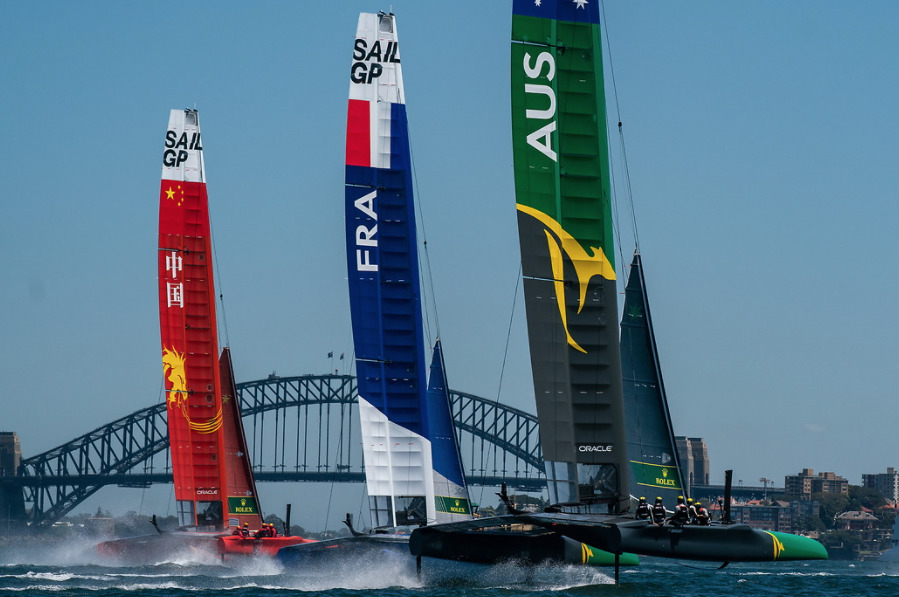
A beginners guide to SailGP
Expect human emotion running high, state-of-the-art technology and incredible drama as elite athletes fly cutting-edge wingsailed catamarans in thrilling close-to-shore races.
SailGP is an internationally acclaimed yacht racing league for professional teams racing equalised ultra-high-performance 50-foot catamarans. It is adrenaline-fuelled racing……eight teams, eight events all in equal boats – the teams go head-to-head in iconic venues across the world for a $1 million prize!
Events take place over two days, with six races scheduled for each Sail Grand Prix, five fleet races and The Final.
SailGP is coming to Plymouth this July 17th-18th – here’s a beginners guide to understand how they achieve this incredible event.
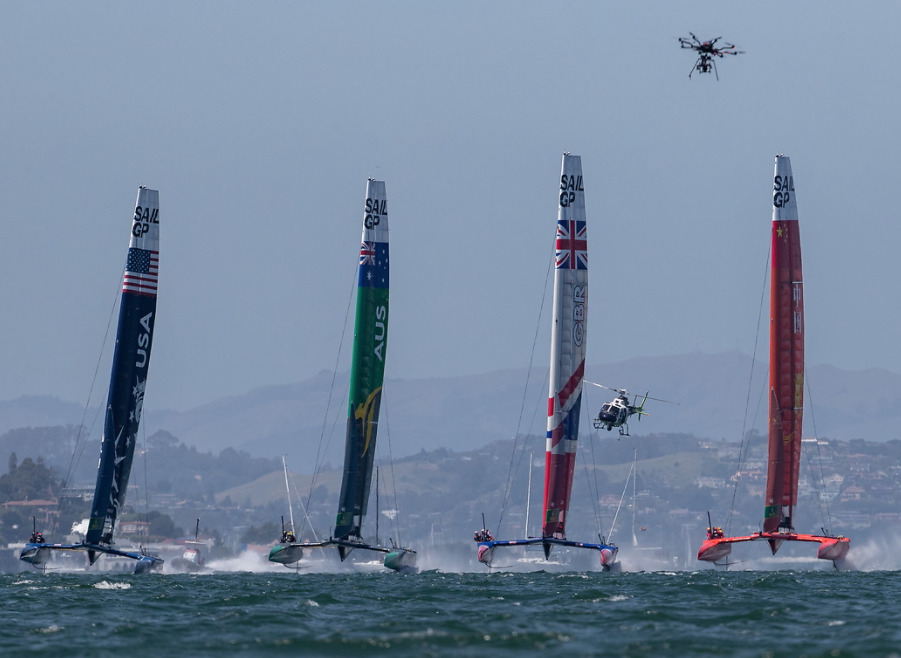
What boats are used in SailGP?
All eight teams in SailGP race F50 Catamarans.
The SailGP website explains ‘The F50 catamaran is a revolutionary concept in sail racing that is the culmination of 10 years of development in high-performance, foiling, multihull racing. It was created as a one-design class to provide each of SailGP’s eight national teams with equal cutting-edge technology, leaving the race results directly in the hands of the world-class athletes.’
There have been modifications to the boats for this second season, including:
- Revolutionary modular wingsail system allowing them to range from 18-24 meters
- New wingsail tech enables boats to compete in wider range of weather
- Vital weight savings provides additional performance gains
- Foils constructed with higher modulus carbon fiber
- Geometry modified to promote more righting moment, increase boat speed prior to cavitation
- Lower section of rudders manufactured in high-strength stainless steel to reduce drag
Understanding the SailGP Race Course
The SailGP Championship is made up of eight events including multiple races, it takes place all over the world through-out the season in many iconic venues and in all types of weather conditions. This means the racecourse is always changing, sometimes many times at the same event if the conditions dictate.
The position and length of the course can always be altered depending on the weather during events.This might seem confusing, but the fundamentals of the racecourse remain the same regardless of the actual course layout.
Racing is intended to be on windward (upward) and leeward (downwind) courses, with the final course to be decided by the race committee no later than five minutes before the starting signal.
In the windward/leeward configuration, one mark is placed directly upwind from the centre of the start line and the second mark is placed directly downwind from the first mark. One of the most intense parts of the SailGP race is right at the start, as the first leg takes the boats on one of the fastest points in sailing, a reach, to the first mark, or the speed mark.
From there, the boats begin heading to the leeward gate at the bottom of the course, and once a boat has passed through it starts heading upwind to the windward gate at the top of the course. The boats repeat the journey to the leeward gate once they have gone through the windward gate, and then continue racing this course until the designated number of laps have been completed.
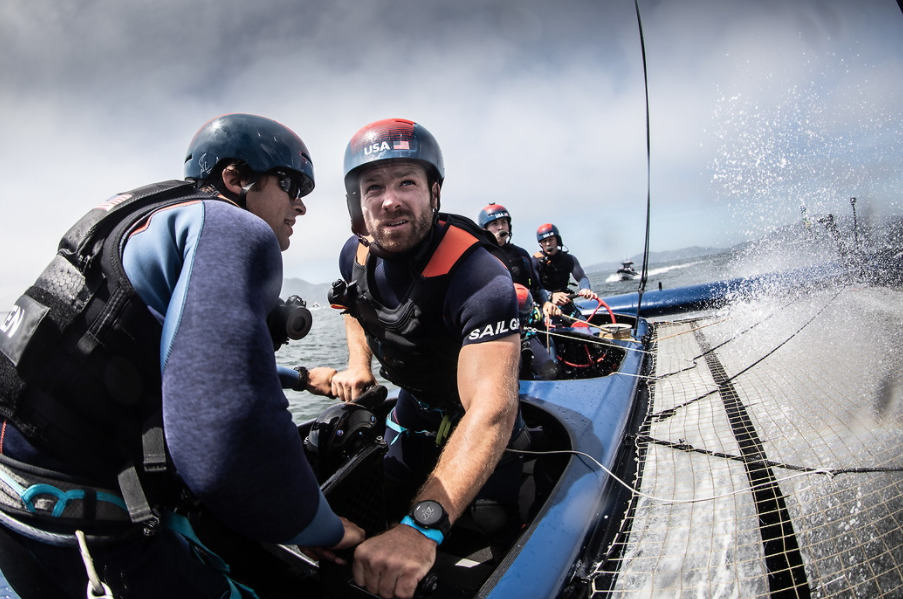
How does a SailGP race start?
There is no standing start in SailGP, all races begin with the entire fleet moving. Various signals are communicated to the boats during the starting procedure, with the entire fleet needing to be inside the starting area at a set time.
The fleet will then start moving towards the start line as the clock counts down to the starting signal. Boats may cross the start line any time after the starting signal has been sounded to begin the reach for the first mark. If a boat has crossed the start line before the starting signal, it is declared OCS (on course side) and penalised.
SailGP fleet races
The five fleet races include all eight teams, with points given to each team depending on their finishing position. SailGP fleet races last approx 15 minutes each. A leaderboard is produced after each separate race to determine the event rankings, based upon how many points each team has been awarded in every race.
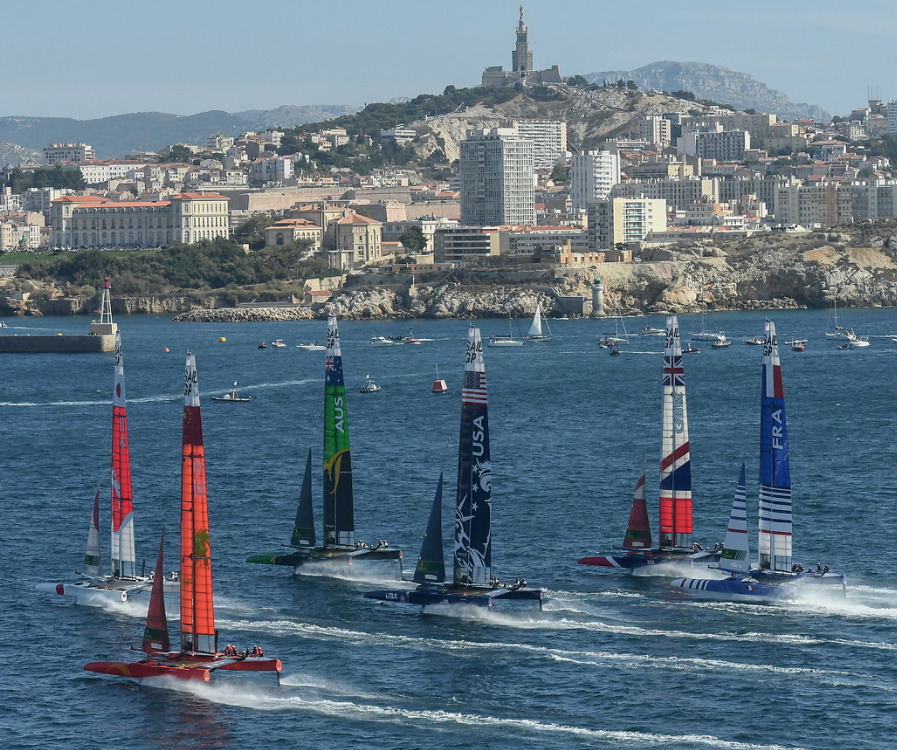
What happens in the SailGP Final race?
The last race of each SailGP event is ‘The Final’ – a race where the three highest ranked teams in the event leaderboard face off to be crowned event champions. If there is a scoring tie to qualify for The Final, the boats will be ranked in order of their finishing places in the most recent race.
The very final race at the last event of the season is the ‘Grand Final’ – this is a final race in which the highest ranked teams of the season leaderboard go head-to-head to be crowned SailGP champions and win the $1 million prize.
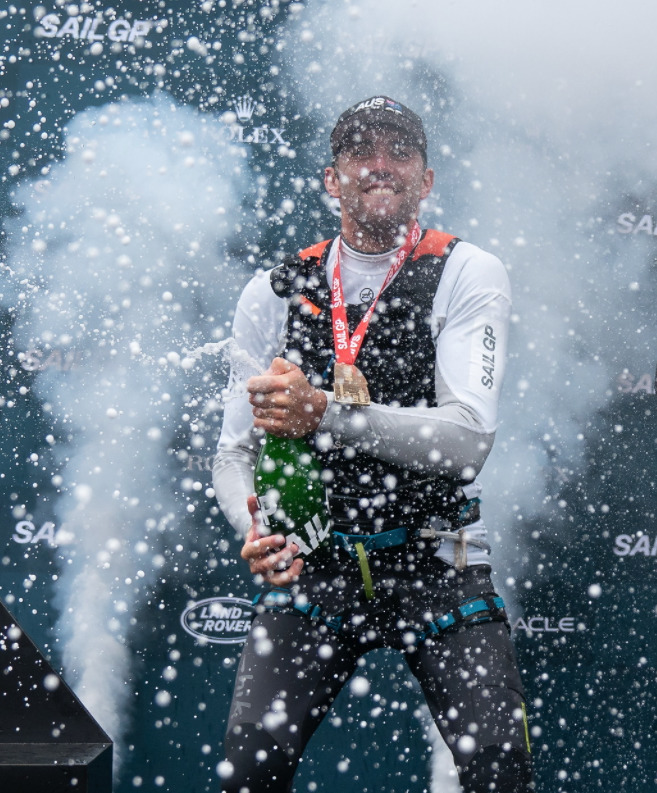
Has this beginners guide to SailGP got you excited to see some of the action yourself? Why not come down to racing in Plymouth this July to catch this spectacular on the water event.
There’s lots of Experience Packages on offer, from a privileged premium experience with a bar and canapes to securing a position for your own boat for the ultimate up-close view.
Visit the website today to buy your tickets – limited options still available, so be quick! https://sailgp.com/races/great-britain-sail-grand-prix-event-page/
